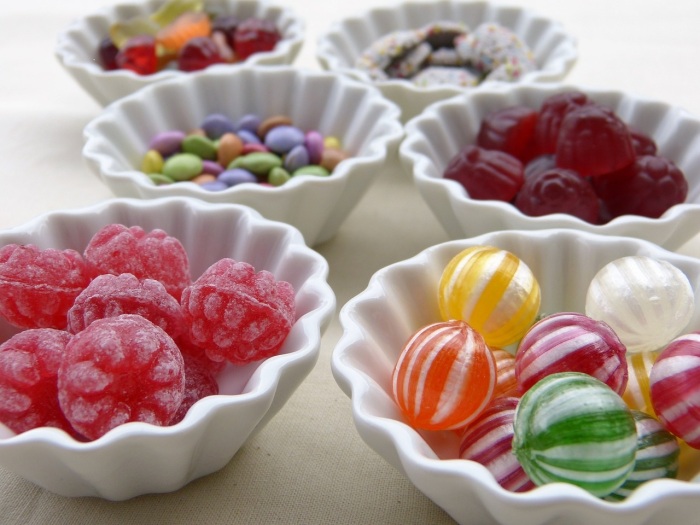
I first gave up eating sugar the summer between sophomore and junior year in high school. It was 1976, and healthy eating was still reserved for hippies and weirdos. But I didn’t need to worry about school, gym class or track practice, so I took the summer off from sugar. I didn’t give up meat, poultry, or even McDonalds – just sugar.
My diet consisted of home-cooked meals, grilled cheese sandwiches, and McDonald’s burgers minus sugary soda. So I still ate bad stuff in the form of junk food burgers and fries, but for some reason I was only concerned about getting rid of sugar. I probably got the idea from some weird, underground health food book I bought at the mall.
I gave up the obvious sugary foods like cookies, cakes, candy, regular soda and sweet tea. The only real sugar I got may have been in Dannon yogurt. In these days, yogurt came in a large container, with fruit at the bottom and little or no added sugar (not sure which) and no artificial flavoring or coloring. As the years went by, there was less plain yogurt in the mix and more sweeteners.
Diet soda became my go-to drink instead of regular soda. In the 1970s, no one really knew how harmful artificial sweeteners could be. (The focus was on saving calories.)
I lost weight, my face full of acne turned into an occasional pimple, and instead of lazing around the house I wrote my first novel, which has now been lost to history (and that’s probably a good thing!)
One day, I ordered a regular Coke and almost gagged from the sweetness of it. Unfortunately, when I went back to school for junior year, I got back into my bad habits.
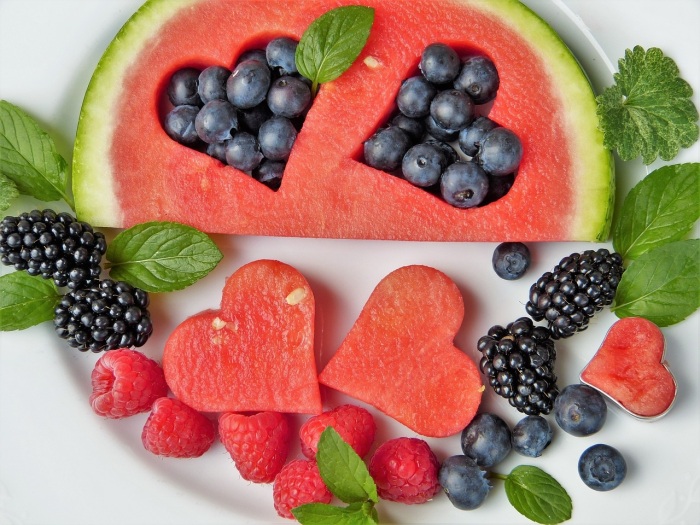
Three years ago, I restricted my sugar consumption to practically nil for good. Well, better later than never. I would eat healthier during certain times of my life than others. (When I was happy at my job, I ate decently. When I had stress on the job, I resorted to emotional eating and lots of Ben and Jerry’s while watching TV.) I’ve given up fast-food this time, too.
Once or twice a week, I’ll have a Danish or blueberry muffin with my morning coffee. I’ll drink a homemade smoothie, Ovaltine, cocoa, water, green tea and fruit juice – alcohol and soda are only for special occasions.
A few times a year I’ll splurge on ice cream or Mexican coke (Coca Cola, not the other stuff). And I don’t give up pumpkin pie at Christmas or Thanksgiving. Otherwise, I have little desire to eat sugary treats. When I see fancy frosted cupcakes or cookies at my favorite childhood bakery back home and buy one for old time’s sake, I eat one and I’m done. Normal, everyday cake and cookies are way too sweet for me to splurge on them like I used to, but an occasional indulgence is fine.
So it’s not about staying away from sugar forever; it’s about restricting intake to a bare minimum.
I think more clearly since I’ve given up sugar, and am less prone to depression and anxiety. I make better decisions, and can concentrate better despite having more work. Physically, I sleep better and have more energy. Some of this may have to do with the fact that I’m older and wiser, but I think the lack of sugar in my diet has a lot do with it.
Tips for a (Mostly) Sugar-Free Diet
Restrict cookies, candy, pies, cakes to an occasional treat. Read ingredient labels on canned fruits, chicken nuggets, baked beans and other processed foods for added sugar or high-fructose corn syrup. Learn about healthy food brands.
Every day, eat a combination of low and high sugar fruits. Figs, pomegranates, and mangoes contain the most natural sugar, but it’s highly unlikely you’ll be snacking on those all day. Watch out for grapes, bananas, and apples instead, and that includes overusing them as smoothie ingredients. You need to eat some natural sugar every day, and it’s best to get it from fruits, dairy products, whole-wheat or multi-grain bread, sweet potatoes, and beets.
Don’t rely on counting calories to lose or maintain your weight. If you eat 1200 calories a day worth of cookies and potato chips, you won’t get all the nutrients you need and be more tempted to overeat. Concentrate on the proper mix of food groups and nutrients -protein, healthy fats, carbs, and important vitamins and minerals. Make sure you get enough B vitamins, magnesium, Vitamin C, etc., from the foods you eat. You don’t have to get a master’s degree in nutrition, but become familiar with what you need and what healthy foods contain those nutrients.
Some people need of more of a particular vitamin more than other nutrients. When I was a kid I got B-12 shots every week and had to take iron pills, or horse pills, as I called ‘em. They were hard to swallow, and if I spit them out and tried swallowing them again, the coating came off and I felt like I was swallowing a bullet. Just be glad you live in the world of advanced pharmaceuticals. I bet what you buy at Walgreen’s in 2017 is five times as strong as the prescription pills I took in 1973.
So when you decide to eat a healthier, sugar-free diet, look at a few things.
Substitutes for table sugar (spices, honey, stevia)
Healthy snacks (seeds, nuts, fruits, multi-grain crackers)
Replacing soda with sugar and sweetener-free beverages
Quick recipes made with whole foods
You will need to spend more time shopping, planning and preparing meals. It won’t be as easy to grab a meal at a restaurant unless you go to an eatery with healthy choices, but it will be worth it in the long-term.
(If you’re really strapped for time consider a healthy meal delivery service.)
How Much Sugar Do You Really Need?
The World Health Organization (WHO) recommends adults consume no more than six teaspoons of sugar a day, which includes table sugar and natural sugar from fruits and other foods.
Sticking to that recommendation can be tough if you eat a normal American diet
A small bottle of flavored seltzer water has seven teaspoons of sugar! Seven teaspoons in that small bottle! If you drink two bottles of seltzer, eat processed food for dinner (which may have sugar hidden in the ingredient list) and dessert, you could easily have four times the recommended daily amount.
Learning how to minimize sugar is easy. Avoid soda (both sugar and diet). Studies have shown drinking diet soda can lead to increased body mass index and higher risk of cardiovascular disease and high blood pressure. Drink coffee black or with a bit of milk or creamer. Avoid using aspartame in coffee or tea – use honey or stevia. (Stevia is generally considered safe in leaf or tincture form only.)
Here are some of the benefits of a reduced-sugar diet:
Better Dental Health
It’s much easier to brush and floss when there are healthy foods from between your teeth, too. Caramels, milk chocolate, and sugar-laden drinks rot your teeth and discolor them quicker than other foods.
Reduced Cravings
Candies and similar foods don’t contain protein, water or vitamins needed for a healthy body, and have no nutritional value. When you eat sugary foods, the body has to metabolize them by using B vitamins, potassium, and other nutrients.
When you eat lots of sugar, it depletes the nutrients you already have in your body and doesn’t add any new ones. You can develop a sugar addiction and crave more and more. We often joke about chocoholics, but when it happens in real-life, it’s not quite as funny.
Balanced meals help keep blood sugar steady and reduce cravings for sugar and other junk food. Eat whole, unprocessed foods. Write a master grocery list filled with fresh fruits and vegetables, nuts, seeds, spices, whole grains, organic beef and poultry, seafood and dairy products. If you’re a vegetarian or vegan, double up on the fruits, veggies and whole grains.
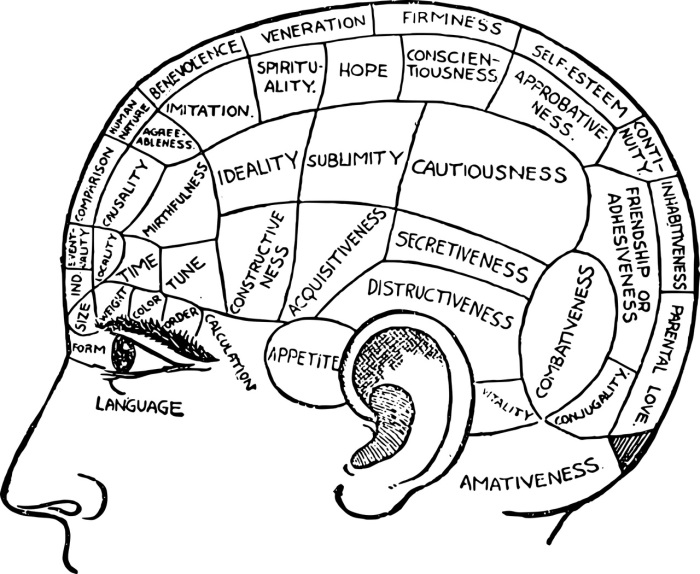
Better Brainpower
Studies show that eating too much sugar can impair memory and even reduce brain volume. These problems can increase the chance of developing Alzheimer’s or dementia. More than two sugary drinks per day can age the brain by two years, according to one study. Limit sugar consumption to preserve your mental clarity and reduce your chance of dementia.
Renewed Energy
Sugar gives you a temporary energy rush, but the crash is imminent. Eating sugar makes your body release insulin, which produces tryptophan (the same substance you get after eating turkey). Tryptophan, an amino acid, is then converted into the neurotransmitter serotonin. Serotonin calms you down, but it also leaves you sleepy, which can cause problems if you have a busy day or a long drive ahead of you.
To stay energetic, eat refined sugar sparingly, but remember you need to eat a variety of healthy foods as well. Stock up on spinach, kale, bananas, and other magnesium-rich foods to keep muscles working properly. Beef, chicken, turkey, milk, cheese, and soy are full of Vitamin B12. Get Vitamin D from going out in the sunshine at least 10 minutes a day and eat fatty fish (salmon, mackerel, etc.) or egg yolks.
Other common vitamin deficiencies include iodine, iron, calcium, and Vitamin A. It’s much better to eat real food containing these nutrients than make up for a poor diet by taking supplements. Taking too much of some supplements, like iron, can be dangerous.
Reduced Risk of Depression, ADHD and Other Diseases
Consuming too much sugar has been linked with depression, hyperactivity and inability to concentrate. A study on depression and sugar consumption showed that men who consumed 67 grams or more of sugar a day were more likely to be depressed than men who consumed 40 grams or less. Why does excess sugar consumption cause depression? Scientists think it may be due to inflammation or increased dopamine in the body. Sugary foods may be as addictive as cocaine and lead to mood disorders in individuals who overindulge.
Have you reduced your sugar intake? If so, what health changes have you noticed? Let us know in the comments below.



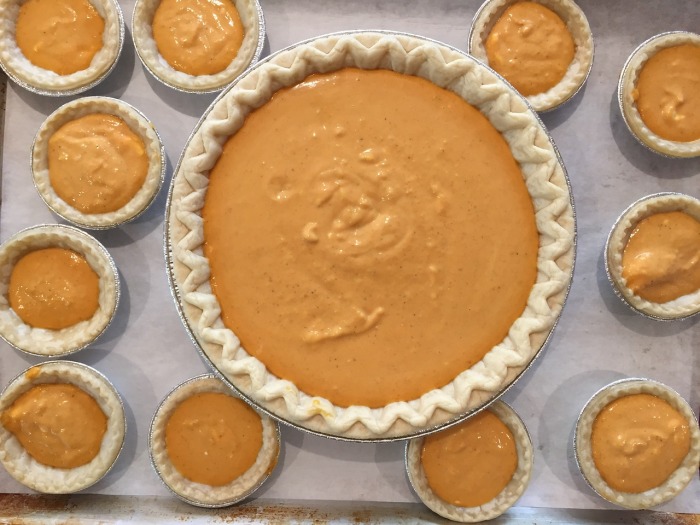
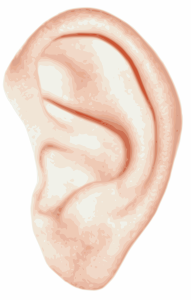
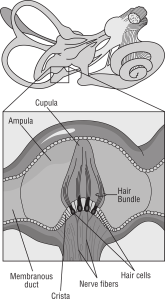

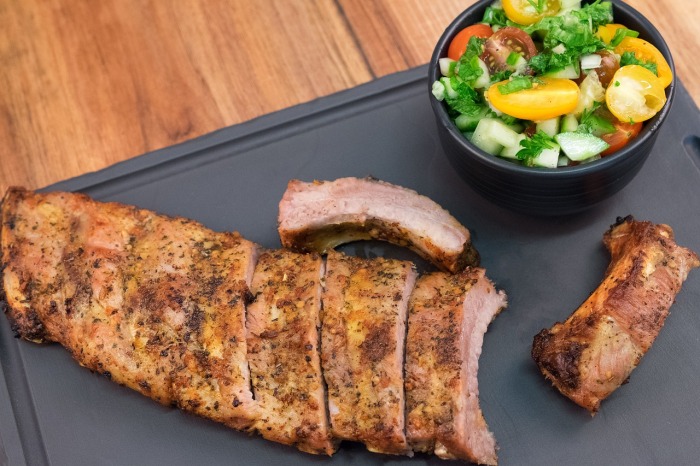



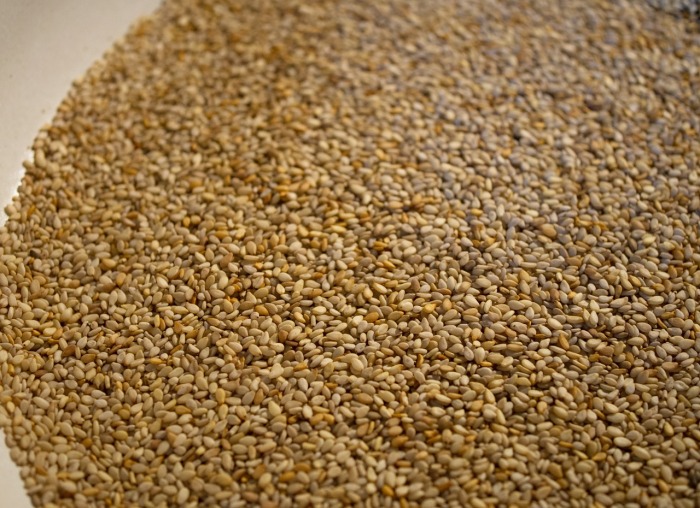

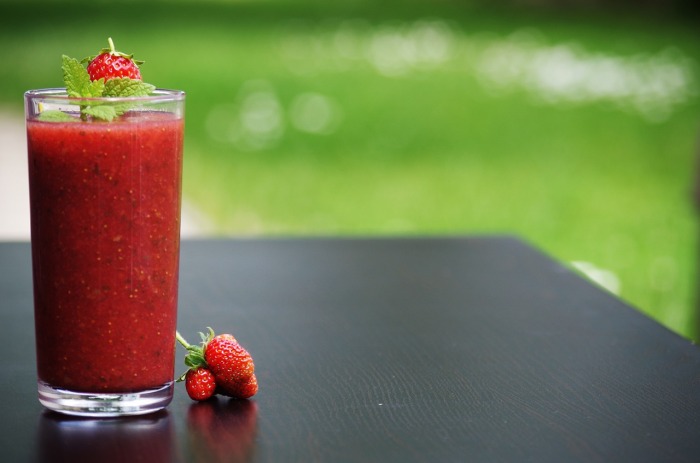

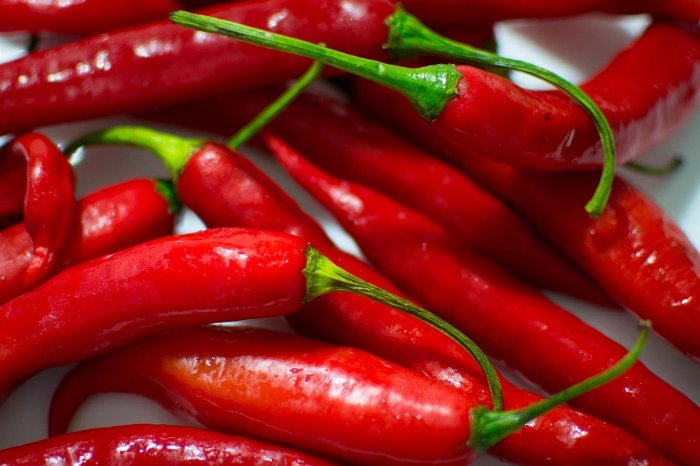
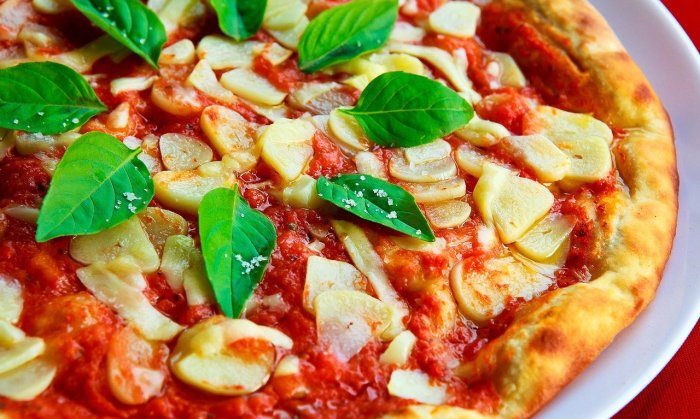
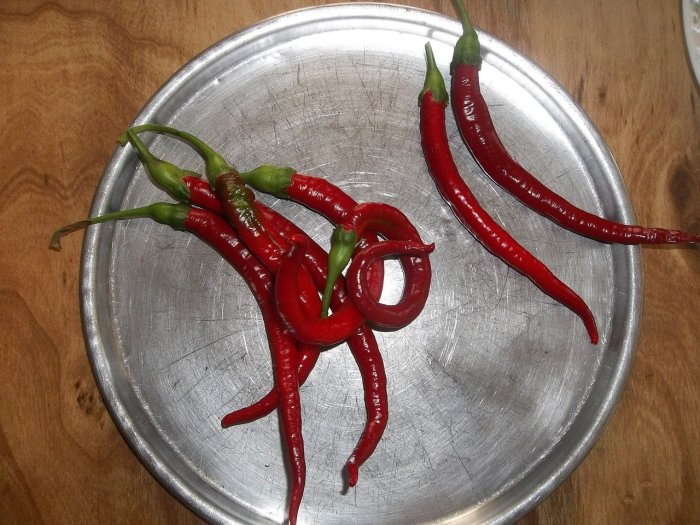
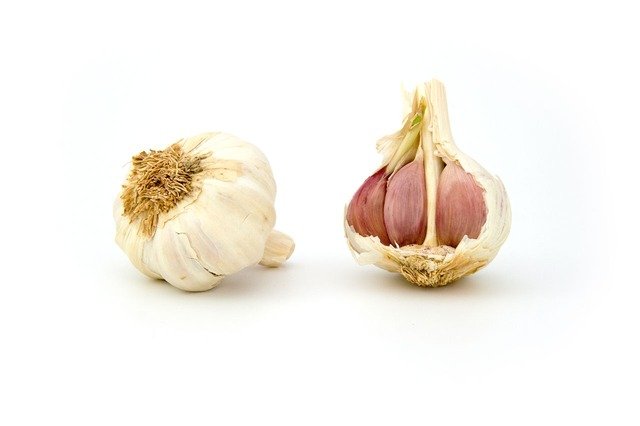 Adding garlic and cayenne pepper to your diet (together or separately) aids your day-to-day health and their anti-inflammatory properties reduce your chances of developing cancer. If you are on any medication (even over-the-counter medicine), check with your doctor before making cayenne pepper or garlic a regular part of your diet.
Adding garlic and cayenne pepper to your diet (together or separately) aids your day-to-day health and their anti-inflammatory properties reduce your chances of developing cancer. If you are on any medication (even over-the-counter medicine), check with your doctor before making cayenne pepper or garlic a regular part of your diet.